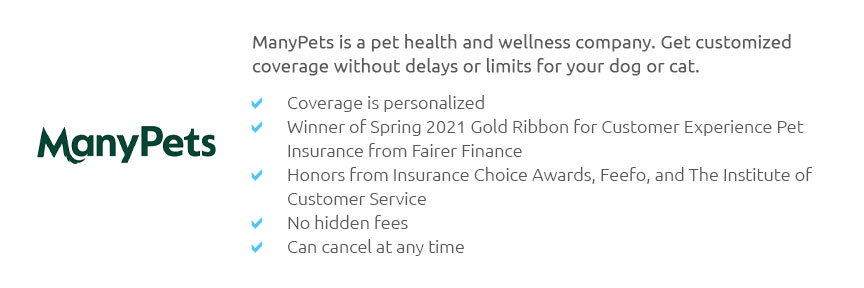 |
 |
 |
 |
 |
 |
|
 |
|
 |
|
 |
|
 |
|
 |
 |
 |
 |
 |
 |
 |
 |
Expert Tips and Advice on Comparing Pet InsuranceIn the world of pet ownership, ensuring that your beloved furry companions are well-cared for often involves more than just providing them with love, food, and shelter. As veterinary costs continue to rise, many pet owners find themselves considering pet insurance as a viable way to manage potential expenses. However, with a plethora of options available, comparing pet insurance can seem daunting. Here, we provide expert tips and advice to navigate this complex landscape effectively. Firstly, understanding the types of coverage available is paramount. Pet insurance policies generally fall into three categories: accident-only, accident and illness, and comprehensive coverage. While accident-only plans are typically the most affordable, they do not cover illnesses, which can be a significant drawback if your pet develops a chronic condition. On the other hand, accident and illness plans cover both unexpected injuries and diseases, providing a more balanced approach to pet healthcare. Comprehensive plans, often the most expensive, cover routine care like vaccinations and check-ups, offering peace of mind that every aspect of your pet's health is managed. Next, consider the cost versus benefit analysis. While it may be tempting to choose the cheapest policy available, it's crucial to examine what you're getting for your money. Look at the deductible options, reimbursement levels, and annual limits. A policy with a low monthly premium might have a high deductible or lower reimbursement rate, which could leave you with significant out-of-pocket expenses during a claim. Conversely, a higher premium might offer better coverage with lower deductibles and higher reimbursement, ultimately saving you money in the long run. Moreover, it's essential to scrutinize the fine print of any policy. Exclusions and waiting periods are critical factors that can affect your coverage. Common exclusions include pre-existing conditions, hereditary disorders, and certain treatments such as dental care or alternative therapies. Understanding these exclusions helps you avoid unwelcome surprises when you need to file a claim. Additionally, waiting periods can vary significantly between providers, impacting when your coverage actually begins. Shorter waiting periods are generally more favorable, ensuring that your pet is protected sooner. Another vital consideration is the reputation and customer service of the insurance provider. Researching customer reviews and ratings can provide insight into the reliability and responsiveness of the company when handling claims. A provider with a reputation for excellent customer service and a straightforward claims process can make a significant difference during stressful times when your pet requires medical attention. Finally, don't overlook the flexibility and customization options. Some insurers offer add-ons or customizable plans that allow you to tailor the coverage to suit your specific needs and budget. This flexibility can be particularly beneficial if your pet has unique healthcare needs or if you're looking for a policy that adjusts as your pet ages. In conclusion, while comparing pet insurance may seem like an overwhelming task, breaking it down into these key areas-coverage types, cost versus benefit, policy details, provider reputation, and flexibility-can simplify the process. By taking the time to evaluate these factors, you can make an informed decision that ensures your pet's health is safeguarded without compromising your financial stability. After all, our pets are cherished members of our families, and their well-being deserves thoughtful consideration. https://www.usnews.com/insurance/pet-insurance
Pumpkin is the best pet insurance overall, according to our research. Lemonade offers the lowest average rates in our study making it a good option for pet ... https://wagwalking.com/wag-wellness/pet-insurance
Wag! Compare is a free pet insurance comparison service and we help you compare the top insurance providers to get the best possible deal. https://www.petinsurance.com/comparison/
With Nationwide pet insurance, you get 24/7 veterinary advice, low-cost prescriptions, discounts on pet products and more.
|